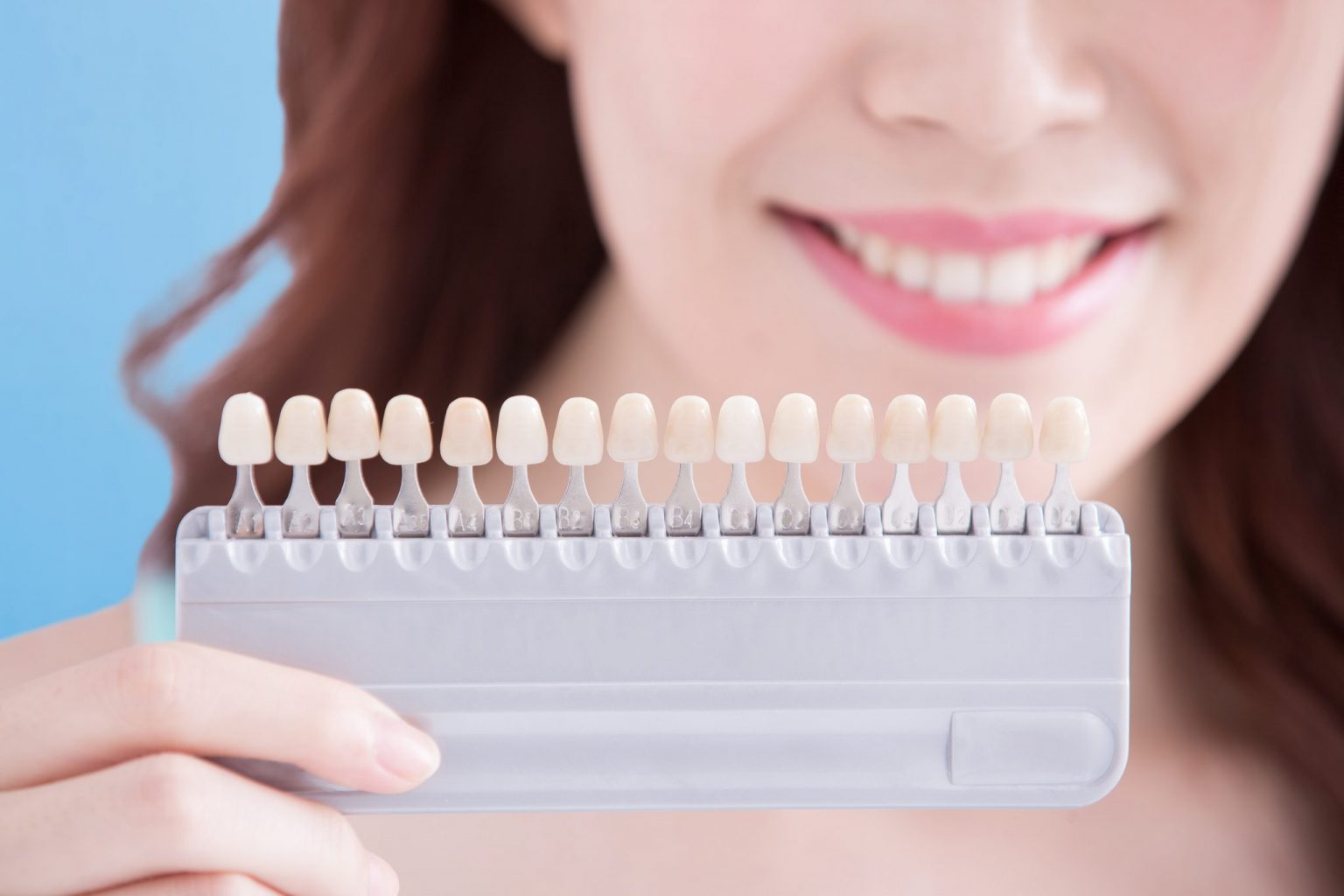During your initial consultation with your dentist in Kitchener, a comprehensive discussion about various cosmetic dentistry options will take place to align with your goals. The dentist will meticulously examine your teeth and gums, possibly utilizing X-rays for a thorough assessment of your dental health. If issues like tooth decay or gum disease are detected, the dentist may suggest addressing them before considering procedures like porcelain veneers.
Assuming that veneers are considered suitable for achieving your desired outcomes, a second appointment will be scheduled. At this stage, a thin layer of enamel (approximately half a millimeter thick) will be removed from the targeted tooth to facilitate the veneer bonding without adding noticeable size. In some cases, this process may involve local anesthesia for enhanced comfort.
After the necessary enamel has been removed, impressions of your teeth will be taken and sent to a dental laboratory. Technicians will craft customized veneers, a process normally taking one to two weeks. Once received, a fitting appointment will be scheduled to ensure the veneers meet the predetermined goals. Before placement, the dentist will clean your teeth to remove any trapped bacteria or food particles.
The veneer attachment involves roughening the tooth’s surface, applying special dental adhesives, and using ultraviolet light to harden the cement. Post-bonding, the dentist will trim and polish the veneer for a seamless blend with your natural teeth.
If local anesthesia is administered, caution is recommended when eating until its effects wear off. Any rough textures around the veneers, likely excess cement, should subside within days. Persistent roughness should be reported to the dentist for resolution.
Well-maintained porcelain veneers in Kitchener usually last between 10 and 15 years, while thinner no-prep or prepless veneers have a shorter lifespan of around five to seven years.
In conclusion, the process of getting porcelain veneers is minimally invasive and relatively quick, factoring in the time needed for veneer preparation. Contact a dental clinic near you to initiate the process if you’re ready to enhance your smile.


